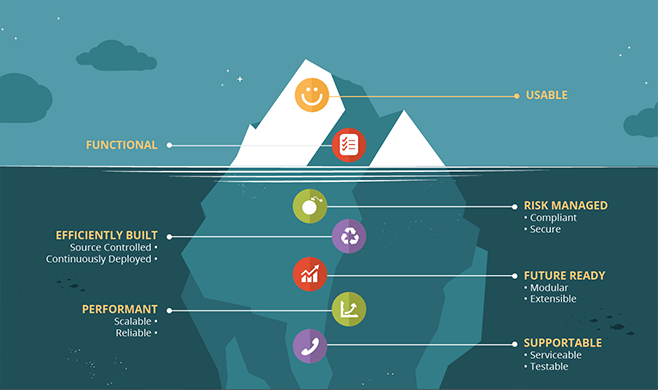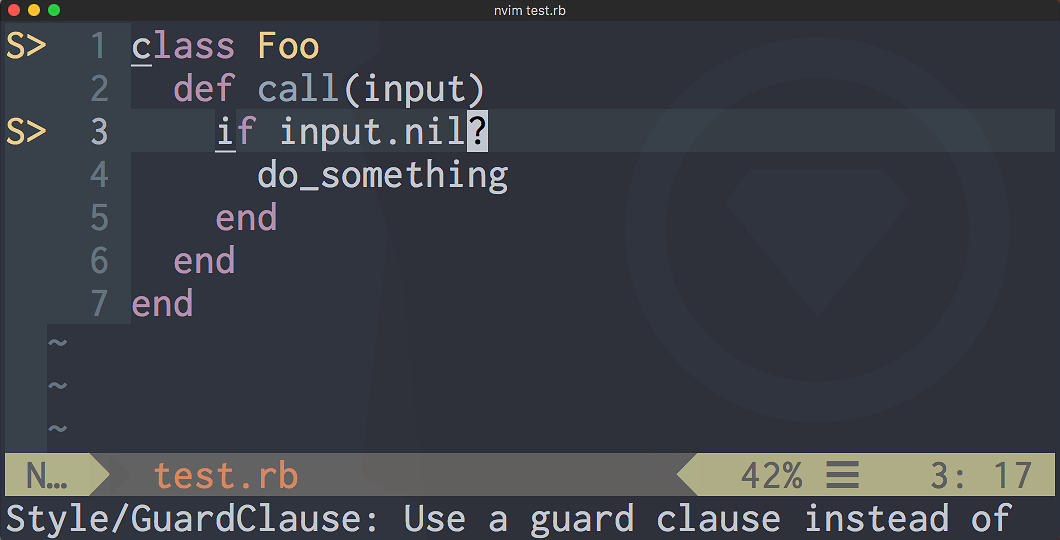Most businesses want to build and launch software as quickly as possible, but developers know that cutting corners comes at a high cost. Low-quality code causes unexpected errors and performance issues and leads to technical debt—or the implied cost of additional rework caused by choosing a quick and easy solution over a better solution.
The challenge for many businesses is enforcing code quality when outsourcing software development. Without the right processes in place, many businesses inadvertently trade code quality for lower costs or a speedier timeline.
Let’s take a look at some tangible strategies that you can use to enforce code quality when outsourcing development—and how to find high-quality developers in the first place.
Low-quality code causes unexpected errors and performance issues and leads to technical debt—quality control is critical when outsourcing software development. Share on XWhy Code Quality Matters
Code quality may seem subjective to non-technical stakeholders, but it has very real consequences in terms of both functionality and extensibility. In particular, poor code quality leads to technical debt that’s difficult to address in the future and affects everything from project velocity to recruiting high-quality developers.

The Hidden Costs of Software Development - Source: Sean Flaherty
Low-quality code has three core issues:
- Unexpected Errors: Code that isn’t properly tested can cause unexpected errors that lead to application downtime or more insidious errors that go unnoticed for a long time. For example, a piece of code may not properly handle a rare error that occurs, which causes the entire application to crash when it does occur.
- Performance Issues: Code that’s poorly written can lead to performance issues that are unnoticeable until they reach production. A common example is an N+1 query that leads to exponentially higher numbers of database queries at scale, which slows down the application and leads to high infrastructure costs.
- Technical Debt: Low-quality code requires future rework or refactoring, which is known as technical debt. For example, components might be tightly coupled, which means developers may need to decouple them when building a new feature or adding functionality, thereby slowing down your future software development efforts.
On the other hand, high-quality code is an investment that pays a lot of dividends. Well-designed applications are easily extensible, which results in a lower cost to develop new features or functionality. They also tend to have fewer errors and better performance, which improves the user experience and lowers infrastructure costs.
High-quality code shares several attributes:
- Easy to Understand: A developer that didn’t write the code can easily understand and contribute to the codebase with minimal effort.
- Maintainable: A developer can easily understand the context of the code in order to quickly make changes with minimal effort.
- Well-Documented: There are comments in the code to explain roles or functions if they aren’t immediately obvious in the code itself.
- Well-Tested: There are tests covering both the happy-path (what’s supposed to happen) and the sad-path (potential errors that may be encountered).
- Extensible: The same piece of code can be reused in other areas of the application to avoid writing duplicate code and save time.
- Efficient: The code scales well with high traffic or demand, which helps limit resources and save on costs.
The act of acknowledging the importance of code quality—or convincing the appropriate stakeholders—can have a big impact on its own. It’s easier to justify slightly higher budgets or slightly longer timeframes when you acknowledge that you’re getting a higher quality product that has a far superior long-term return on investment.
Quality Assurance Methods
There are several quality assurance methods that you can implement to help enforce robust code quality standards. While some of these methods may require additional resources at the onset, there is a high return on investment when it comes to writing high-quality code, which makes these efforts very worthwhile for any organization.

Rubocop Recommending a Guard Clause - Source: DNSimple
The best quality assurance methods include:
- Platforms: Most applications are built atop platforms that take care of boilerplate code requirements. Some platforms put convention over configuration, which means that they enforce doing things a certain way at the cost of flexibility. In some cases, these platforms may be a good choice to ensure a certain level of code organization.
- Static Code Analysis: Static code analyzers are software applications that automatically verify that code follows certain community standards. For example, Rubocop is a Ruby on Rails gem that identifies community code standards violations, such as improper hash syntax or excessive line length that might make code difficult to read.
- Code Reviews: Code reviews involve an in-house developer reviewing outsourced developer commits before they are merged into a project. The goal is to uncover errors or poor-quality code before it becomes a permanent part of the application. If there’s a problem, the developer can refactor the code to improve it.
- Test-Driven Development: Testing is one of the best ways to ensure that a feature is robustly built and ensure that it continues to work in the future. A common approach is writing software tests in-house that the outsourced developers must pass in order to ensure that their code accounts for all of the possible edge cases.
These quality assurance methods should be incorporated into a well-defined workflow. For example, you may have a Trello board with columns for Passed Tests and Code Review to ensure that each step is checked off of the list. You may also incorporate static code analysis and performance testing into your continuous integration (CI) builds to enforce quality.
Communication is equally important to ensure success. For instance, weekly standups give you a platform to bring up code quality issues and address any concerns right away rather than waiting for the final delivery of a piece of code. Following Agile practices can help you improve communication and thereby improve code quality along the way.
Finding the Right Developers
Outsourcing software development is challenging for any business. Low-cost providers often require detailed specifications to be successful while high-cost providers may not be economical for many businesses. At the same time, in-house development teams are expensive and require their own layers of management to ensure they’re successful.
There are a few questions to ask when outsourcing development:
- Can we see a case study from a past client?
- How do you enforce code standards in your organization?
- What are some best practices that you follow?
- How can we ensure communication between our teams?
At Sharkbyte, we aim to bridge the gap between in-house developers and outsourced development teams. We are able to take a project from estimation to completion or augment an existing in-house development team with additional human capital. If you’re interested in estimating costs or completing an entire app, contact us to discuss the details.
The Bottom Line
Code quality is a concern for every development team, but especially when outsourcing software development. By following the strategies we’ve covered above, you can help ensure the long-term success of your software project by reducing bugs, improving performance and lowering technical debt.
Contact us today to learn how we can help finish your project on-time and on-budget.



